From pv magazine Global
PV and wind power are the most important way to reduce emissions in the electricity sector, the IEA said in its new “World Energy Outlook 2022” report. Their share of electricity generation will increase from 10% in 2021 to 40% in 2030, reaching 70% in 2050, according to the agency.
Solar provided more than 3% of global electricity generation in 2021. Annual capacity addition reached 150 GW, making 2021 another record year. Solar panel prices have fallen by 80% over the past decade, thanks to economies of scale and continuous innovation throughout the supply chain. As a result, PV has become the most affordable power generation technology in many parts of the world. The IEA expects annual growth to more than quadruple to 650 GW in 2030.
By then, annual solar and wind power installations in the United States will increase two and a half times from today’s levels, thanks in part to the Inflation Reduction Act (IRA). New targets are also driving the massive build-up of clean energy in China, with the country’s coal and oil consumption peaking before the end of this decade. Accelerated renewable energy deployment and efficiency improvements in the European Union mean that EU demand for gas and oil will fall by 20% and coal consumption by 50% over the course of this decade, according to the report.
The average selling price of solar panels rose for the first time in 2021 – by around 20% from 2020 – due to higher freight and commodity prices, particularly for polysilicon. While module prices remained at high levels in the first half of 2022, the IEA said that continuous innovations, further improvements to materials, and energy efficiency will lead to further cost reductions.
The energy crisis triggered by Russia’s invasion of Ukraine could accelerate the transition to a more sustainable energy system, according to the IEA. Although the use of fossil fuels will peak in this decade, it will then decline in the long term. The IEA forecasts that more than $2 trillion will be invested every year in climate-neutral technologies by 2030, through programs like the IRA, REPower EU, and others in Japan, South Korea, and China. This corresponds to an increase of more than 50% compared to today. However, that would still fall short of 1.5-degree target, which would require a $4 trillion investment by 2030.
“The energy markets and energy policies have been changed by Russia’s invasion of Ukraine, and not just temporarily, but for the coming decades,” said Fatih Birol, director-general of the IEA. “Even with today’s political framework, the energy world is changing dramatically before our eyes. Government responses around the world promise to make this an historic and definitive turning point towards a cleaner, more affordable and more secure energy system.”
This content is protected by copyright and may not be reused. If you want to cooperate with us and would like to reuse some of our content, please contact: editors@pv-magazine.com.
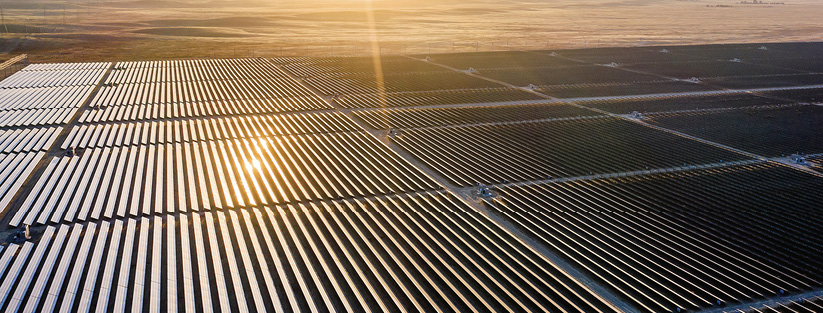
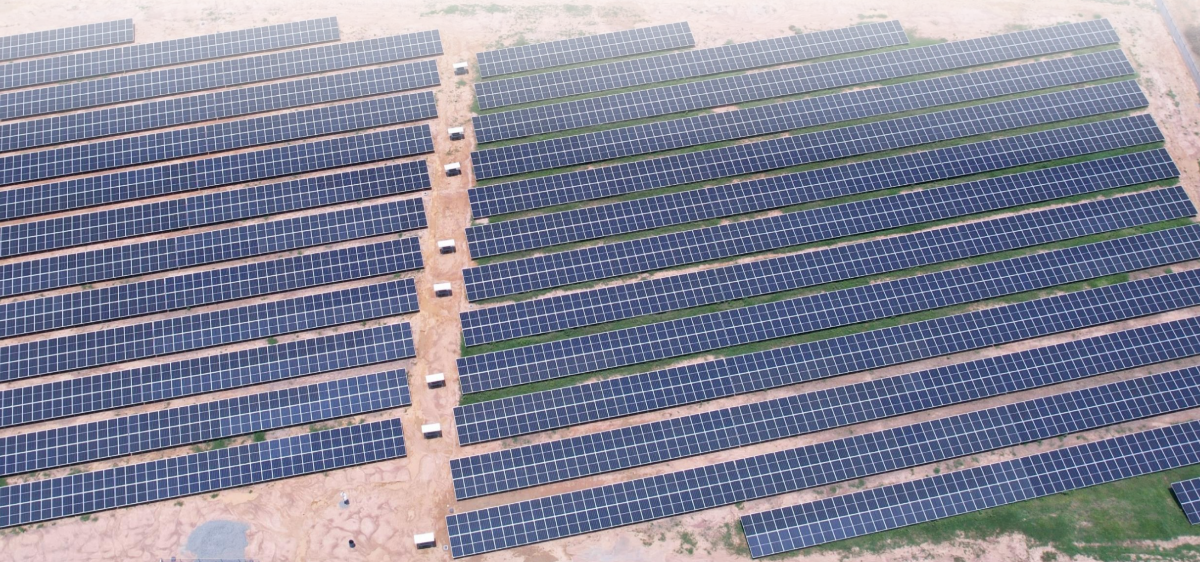



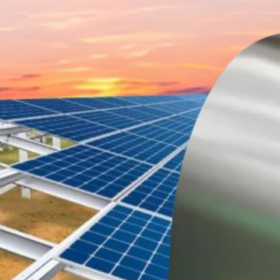
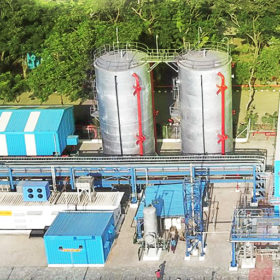
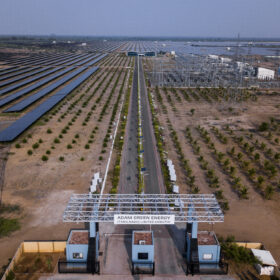
By submitting this form you agree to pv magazine using your data for the purposes of publishing your comment.
Your personal data will only be disclosed or otherwise transmitted to third parties for the purposes of spam filtering or if this is necessary for technical maintenance of the website. Any other transfer to third parties will not take place unless this is justified on the basis of applicable data protection regulations or if pv magazine is legally obliged to do so.
You may revoke this consent at any time with effect for the future, in which case your personal data will be deleted immediately. Otherwise, your data will be deleted if pv magazine has processed your request or the purpose of data storage is fulfilled.
Further information on data privacy can be found in our Data Protection Policy.